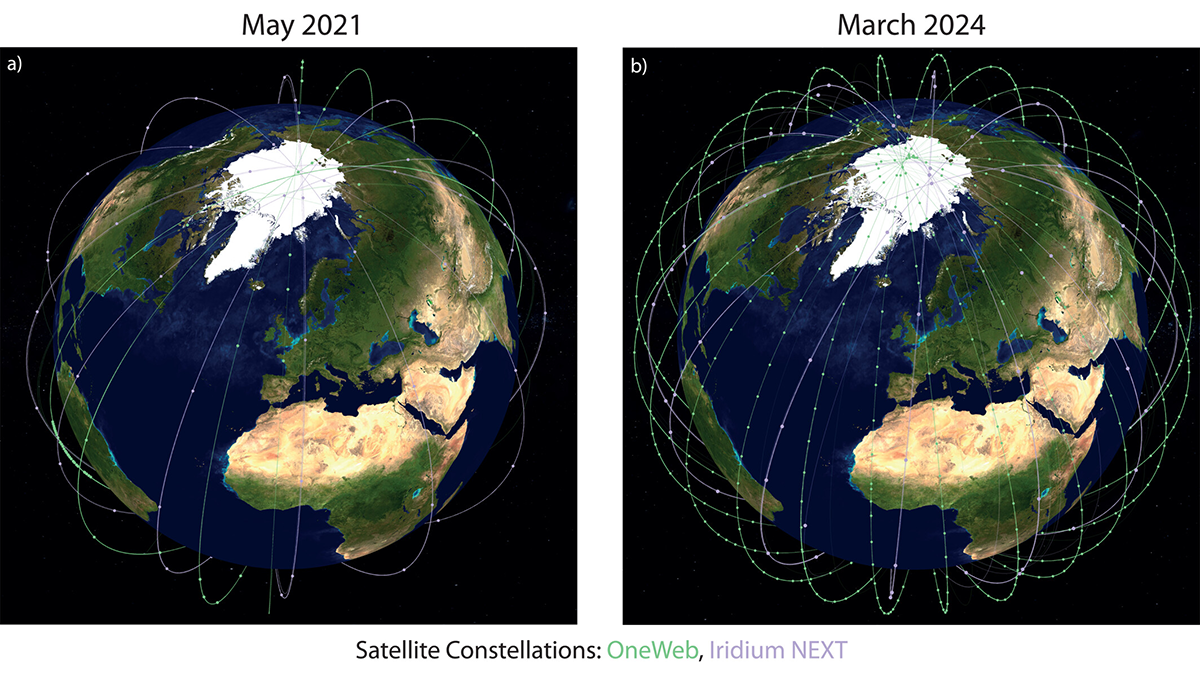Enabling unprecedented monitoring of key electric current systems in low-Earth orbit using commercial satellite mega-constellations advances space weather monitoring.
Steven K. Morley
Editor, Space Weather
Posted inEditors' Highlights
Next-Generation Solar Proton Monitors for Space Weather
NOAA’s weather satellites at geosynchronous orbit also measure space weather and a new series of instruments bring improved capabilities for monitoring and science discovery.


